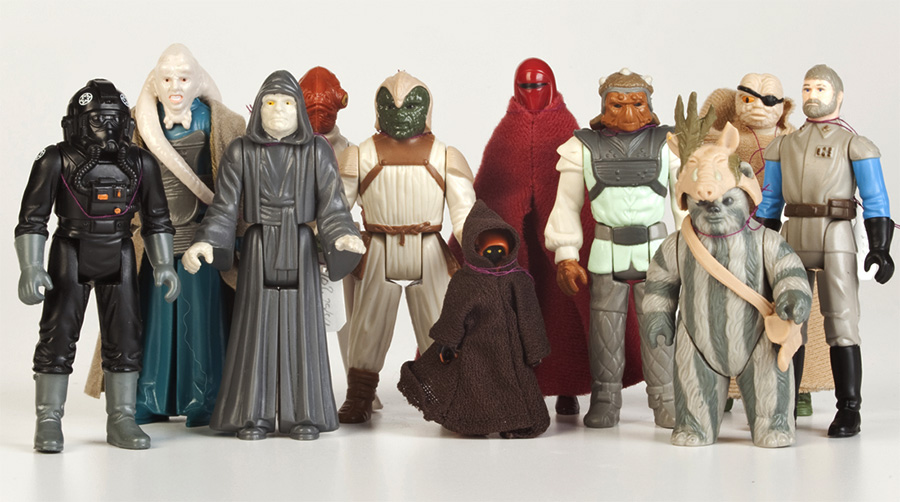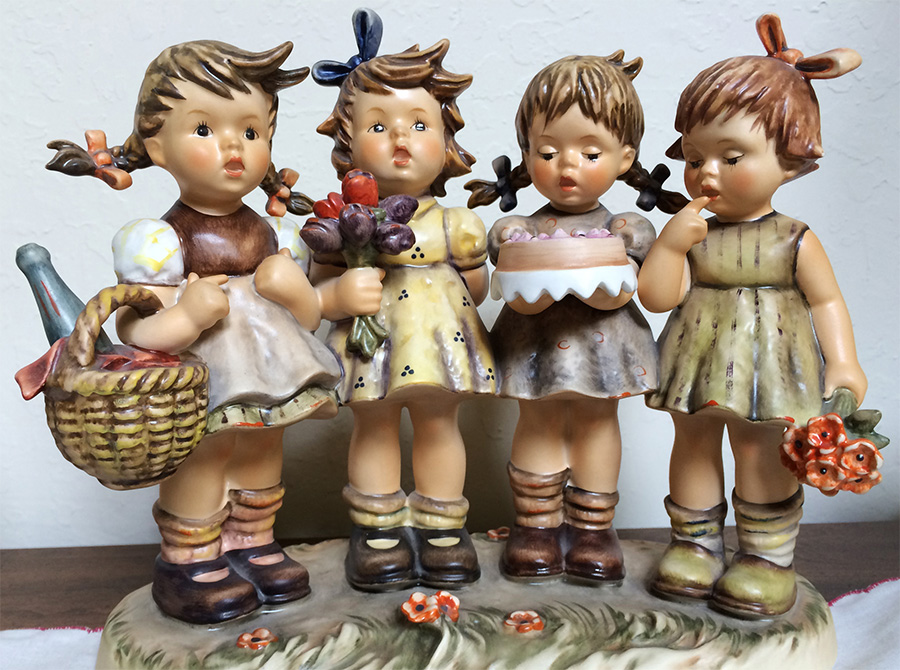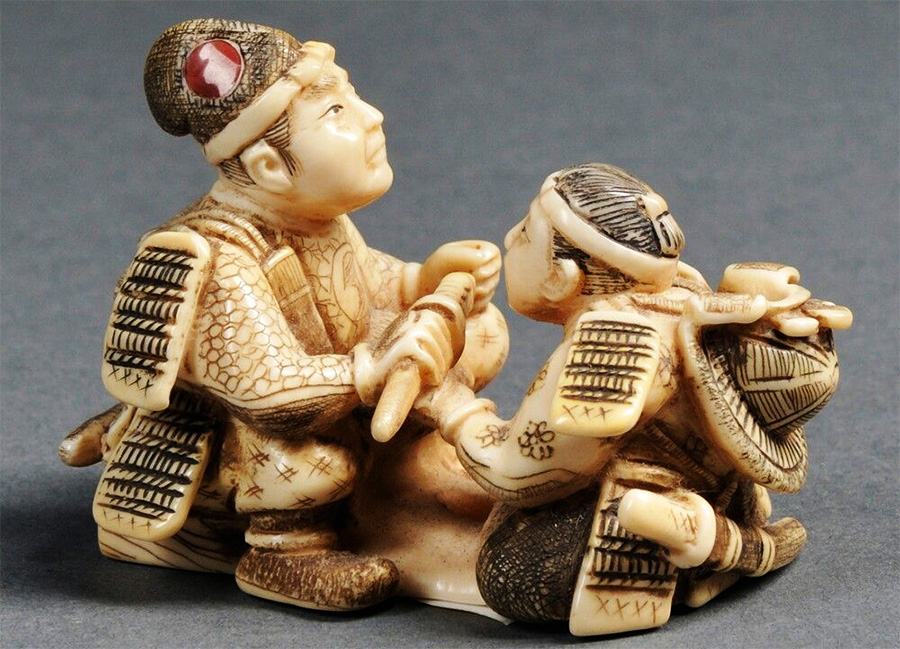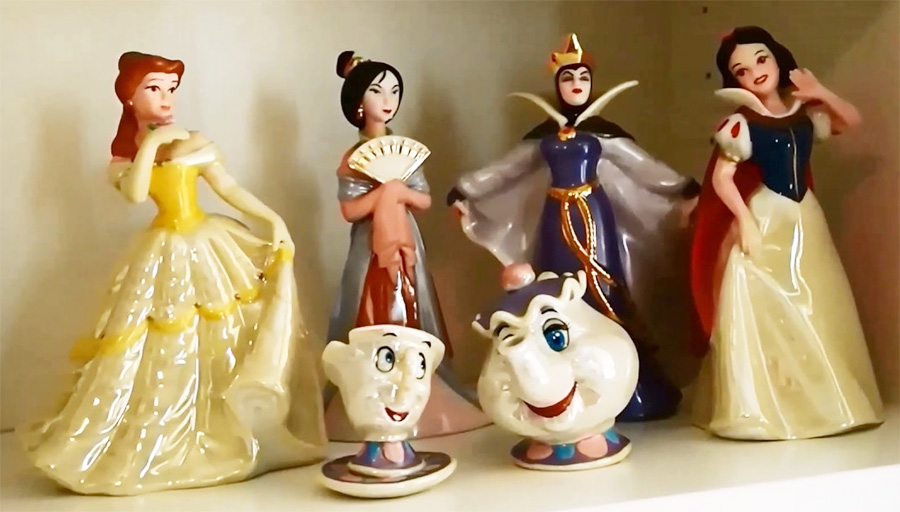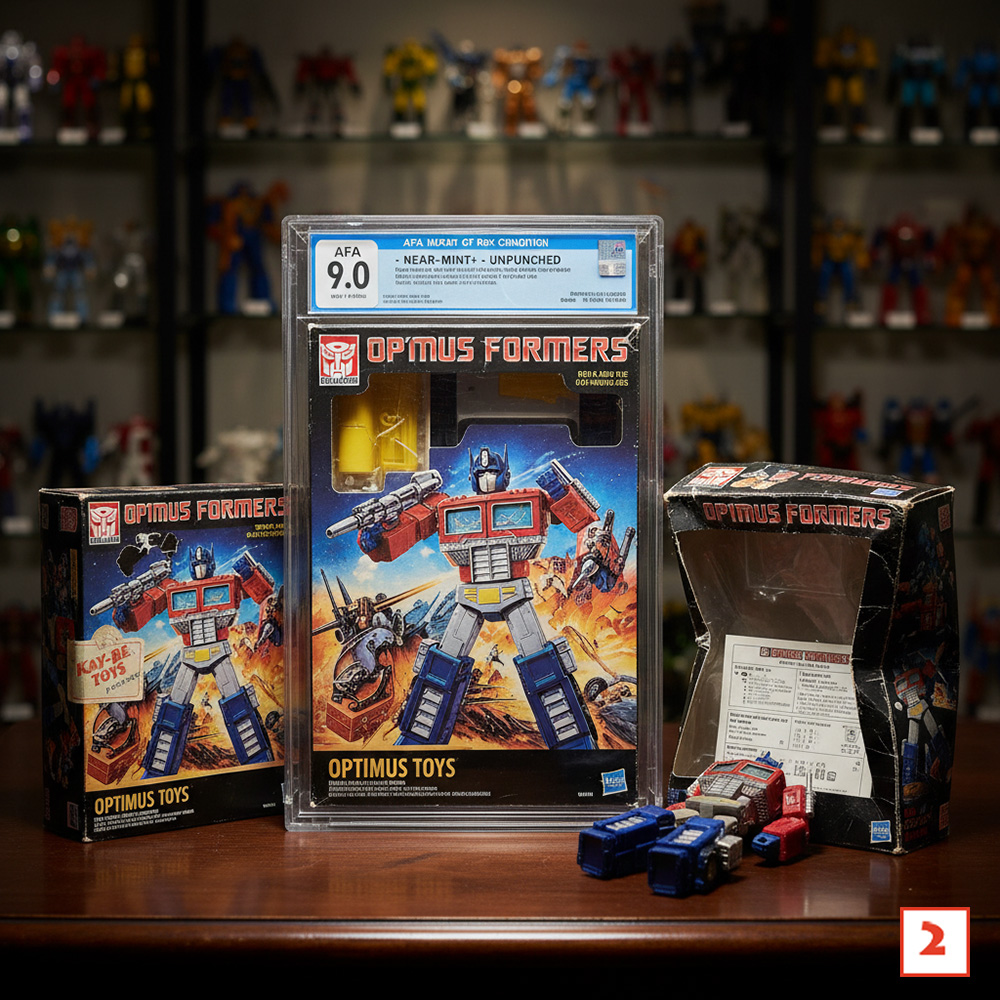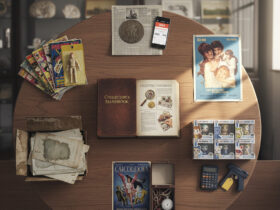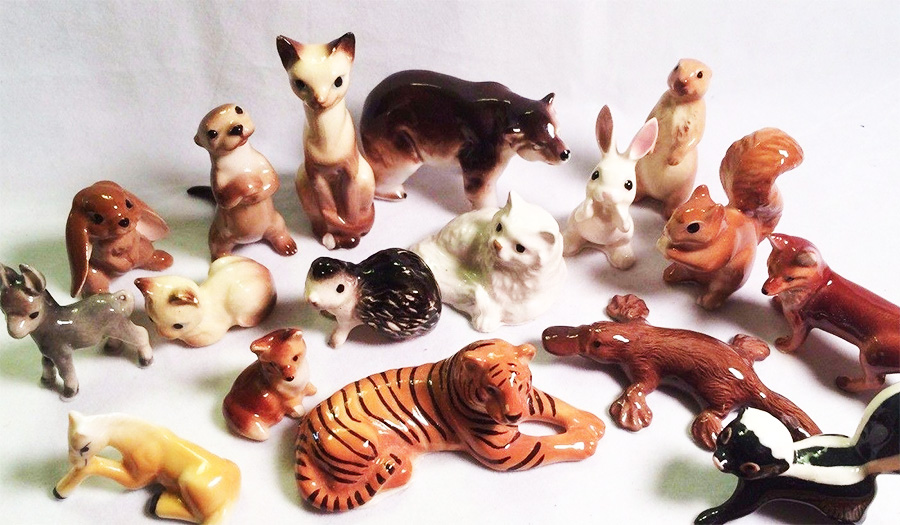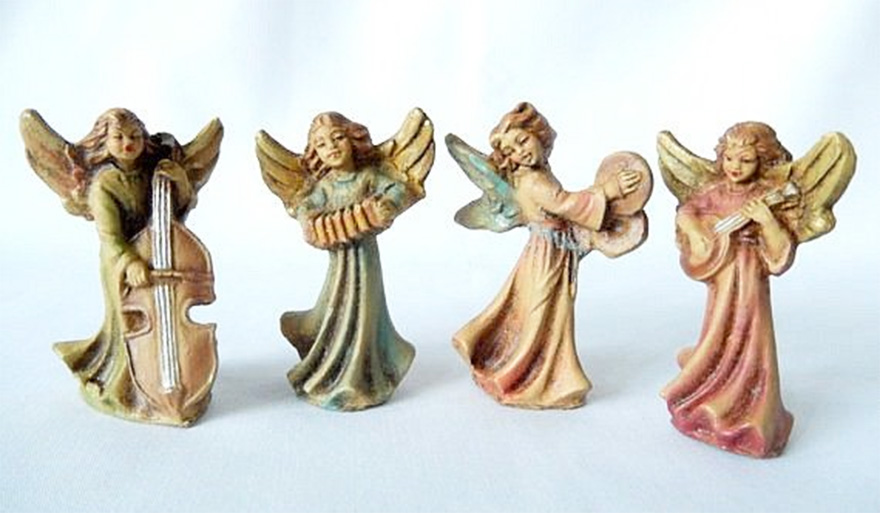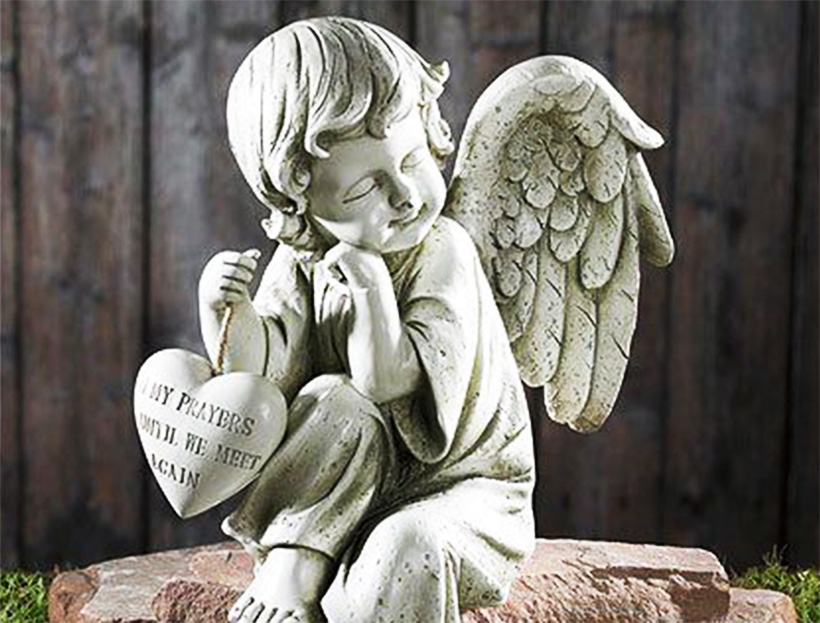Detailing the importance of packaging for MOC (Mint on Card/in Box) collectors and how it affects value
To the casual observer, it’s madness.
You have two identical 1980s Star Wars action figures. One is loose, perhaps with a few scuffs from epic childhood battles, and it might sell for $20 at a garage sale. The other is sealed in its original plastic bubble on a flat, vibrant piece of cardboard. The price? $2,000. What’s the difference? A few cents worth of plastic and cardstock.
This scenario, played out daily in auction houses and online marketplaces, lies at the heart of a collecting philosophy that baffles outsiders but is the gospel for a dedicated, powerful segment of the market: the MOC (Mint on Card) or MIB (Mint in Box) collector.
For these collectors, the toy is only a fraction of the equation. The packaging—the box, the card, the bubble—is not just a container. It is a time capsule, a piece of art, a certificate of authenticity, and the primary driver of value. A damaged box isn’t just a flaw; it’s a different, and vastly inferior, item altogether.
This article explores the psychology, economics, and logistics behind MOC collecting and details exactly why a pristine box isn’t just important, but everything.
The Collector’s Psyche: More Than Just a Toy
To understand the price tag, one must first understand the motivation. Collecting is deeply psychological, and MOC collecting taps into several powerful human desires.
1. The “Time Capsule” Effect
The single most powerful motivator is preservation. A MOC item is an untouched artifact. It is factory-fresh, a perfect snapshot of a bygone era. It is exactly as it sat on a Toys “R” Us shelf in 1985, 1995, or 2015.
The loose figure has a history, but it’s a history of play, wear, and interaction. The MOC figure has a history of survival. For 40 years, it has survived sunlight, moisture, crushing, price-tag tearing, and the eager hands of a child. It is a survivor, a pristine relic.
A collector holding a “case-fresh” G1 Optimus Prime from 1984 isn’t just holding a robot; they are holding a perfect, tangible piece of their childhood, frozen in time. The box, with its vibrant art and un-creased corners, is the vessel of that time travel. A tear or a crease shatters that illusion of perfection.
2. Aesthetics and the Art of Display
In the 1970s and 80s, packaging design was an art form. The Kenner Star Wars cardbacks, with their dynamic “racetrack” borders and bold character photos, are iconic. The original Transformers boxes, featuring stunning, hand-painted battle scenes by artists like Jeffrey Mangiat, are arguably more beautiful than the toys themselves.
MOC collectors are often curators. They display their collections as a gallery. A wall of graded, MOC Star Wars 12-backs is an impressive, uniform art installation. A shelf of boxed G1 Transformers is a panorama of vibrant, nostalgic art.
A damaged box ruins this aesthetic. A creased card, a yellowed bubble, or a crushed corner is an eyesore that breaks the uniformity and perceived perfection of the display. Collectors will pay a massive premium for a “clean” example that contributes to their “wall of MOCs” rather than detracts from it.
3. Investment and Provable Scarcity
This is where the logic becomes cold, hard math. Let’s consider a production run of 100,000 action figures.
- 90,000 are bought by children, opened, and played with. The boxes are destroyed.
- 9,000 are bought by casual collectors or kids who are “careful,” but the boxes are still stored in attics, bent, or creased.
- 1,000 are kept MOC by dedicated collectors or simply forgotten in a warehouse.
- Of those 1,000, perhaps only 100 survive in “near-mint” condition (C8-C9).
- Of those 100, maybe 10 are true “gem-mint” (C9.5-C10) or “case-fresh” examples.
The toy itself is not rare; 90,000 of them are floating around. The pristine package is what’s astronomically rare. The box is the first line of defense, and it’s almost always the first casualty. It’s made of thin cardboard and brittle plastic. Its sole purpose was to be destroyed.
Therefore, the MOC collector isn’t just buying a toy. They are buying scarcity. A C-5 (Average) box is common. A C-9 (Near-Mint) box is rare. The value doesn’t scale linearly; it scales exponentially. A C-9 example isn’t just twice as valuable as a C-7; it can be ten or even fifty times more valuable because it exists in a completely different tier of rarity.
Defining “Mint”: The Anatomy of a Flaw
When a MOC collector examines a box, they aren’t just “looking at it.” They are scrutinizing it with the precision of a jeweler appraising a diamond. An entire lexicon exists to describe the myriad ways a package can be imperfect. A collector’s standard C1-C10 grading scale (Condition 1 to 10) is built on deductions for these flaws.
Understanding these flaws is key to understanding the value.
On a Carded Figure (e.g., Star Wars, G.I. Joe, Funko Pop!):
- The Punch: This is the hole at the top of the card used to hang it on a store peg. A “punched” card is standard. An “unpunched” card, meaning it came straight from a factory case and never even hit the shelves, is the holy grail. It’s a massive premium.
- Creases/Veins: A “crease” is a hard fold. A “vein” is a smaller, stress-line crease that may not break the color. A “color-breaking” crease, where the white paper beneath the ink is visible, is a major defect.
- Edgewear / Corner Dings: The “whitening” or “fuzz” on the sharp edges and corners from being bumped or handled. A “C-10” box has four razor-sharp corners.
- The Bubble (or Window): The plastic part. Is it clear, or is it “yellowed” (a chemical degradation from UV light or time)? Is it “dented,” “crushed,” or “cracked”? Any of these are catastrophic for value.
- Stickers: A price tag from a long-defunct store (like Kay-Bee or Child World) can be a charming piece of provenance. But more often, it’s a defect. Worse is “sticker tear” (where the sticker was ripped off, taking the box art with it) or “sticker residue.”
- Cardback: Is it flat or “warped” (curved)? Is the art vibrant or “faded” from sun exposure?
On a Boxed Item (e.g., Transformers, Barbie, Video Games):
- Structural Integrity: Is the box “crushed” or “bowed”? Does it hold its perfect rectangular shape?
- Factory Seal: This is paramount. Is the original tape intact? Has it been “re-sealed”? A broken seal instantly plummets the value, as the contents can no longer be guaranteed as untouched.
- Window: On boxes with a plastic window, the same rules as “bubbles” apply. A dented window on a G1 Transformer box is a major deduction.
- Flaps and Inserts: Are the internal cardboard inserts, twist-ties, and instruction manuals present? A “Complete in Box” (CIB) item must have everything.
A “mint” item has none of these flaws. The hunt for an item with no edgewear, no creases, a clear bubble, a flat card, and an unpunched tab is what drives the market.
The Market Speaks: Grading and the Value of a Number
The natural evolution of a high-stakes market based on subjective condition is, paradoxically, the quest for objectivity. This is where professional grading companies come in.
Companies like the Action Figure Authority (AFA), Video Game Authority (VGA), and Wata Games have built an entire industry on quantifying a box’s condition.
Here’s how it works: a collector sends their MOC item to the grader. Experts scrutinize it under magnification, assign a numerical grade (usually on a 10- or 100-point scale), and then permanently encase the item in a hard, tamper-proof acrylic case (a “slab”).
This process has revolutionized the market for three reasons:
- It Standardizes Condition: The debate is over. An “AFA 85” (Near-Mint+) is an AFA 85, regardless of who is selling it. This allows for a stock-market-like trading environment, where values are tracked to the decimal point.
- It Protects the Asset: The acrylic case prevents any future damage. A C-9 box is now locked in C-9 condition forever. This preservation is, in itself, valuable.
- It Exposes the Exponential Value Curve: Grading reveals the true, terrifying scarcity at the top. The price difference between an AFA 80 ($500), an AFA 85 ($1,500), and an AFA 90 ($5,000) for the same figure is not linear. That AFA 90 isn’t 10% “better” than the 80; it’s 1,000% more valuable because it’s exponentially rarer.
This is seen most clearly in the video game market. In 2021, a sealed copy of Super Mario Bros. for the NES, graded Wata 9.8 A+, sold for $2 million. A sealed Super Mario 64 sold for $1.56 million.
Is the game inside different from the loose cartridge you can buy for $30? No. The $2 million value was placed entirely on the pristine cardboard box and its intact shrink-wrap. It was a perfect, graded, impossibly rare artifact.
Case Studies: Where the Box is King
- Vintage Star Wars (Kenner): This is the genesis of MOC collecting. A loose 1978 Luke Skywalker is a $50 toy. A MOC example on its original 12-back card (C-7 condition) can be $1,500. A high-grade AFA 85+ example can command over $10,000. The only significant variable is the condition of the cardboard and plastic.
- Generation 1 Transformers (Hasbro): The G1 box art is legendary. Collectors prize the boxes as much as the figures. A loose G1 Optimus Prime (complete) might be $150-$250. A MIB (Mint in Box) example, with perfect box, inserts, and bubble, can easily fetch $3,000-$5,000. A graded, high-end example? Five figures.
- Funko Pops! (Modern): Funko Pops are the most accessible, modern example of MOC philosophy. The figures themselves are simple, stylized vinyl. The value is driven by the box. The community is famously split between “in-box” and “out-of-box” (OOB) collectors. An OOB collector can get a rare “Chase” figure for a discount if the box is damaged. The in-box collector, who displays them in stacks, will pay 2-3x more for the same figure with a perfect box, because the box is the display piece.
The “Other Side”: A Nod to the Loose Collector
It’s important to acknowledge the other side of the coin. For every MOC purist, there is a “loose” collector who finds the MOC obsession baffling.
The loose collector wants to interact with the toy. They want to pose it, set up dioramas, and admire the sculpting from all angles. They value playability and space-efficiency. A “wall of MOCs” is, to them, a “wall of boxes” taking up enormous space and trapping the toy inside. They see MOC collecting as a sterile, joyless exercise in asset speculation, not “playing.”
Both are valid forms of collecting. But they are fundamentally different hobbies. The loose collector is collecting a toy. The MOC collector is collecting an artifact.
The Box is the Story
The staggering premium paid for a mint box is not an irrational quirk. It is the logical conclusion of a hobby built on scarcity, aesthetics, and the preservation of history.
The box is the fragile component that was designed to be discarded. Its survival in pristine condition is a statistical miracle. It is the canvas for the art that first captured a child’s imagination in the store aisle. It is the time-lock that proves the item within is untouched, authentic, and “factory fresh.”
When a MOC collector pays $2,000 for a toy that a “player” bought for $20, they aren’t being ripped off. They are paying for a completely different set of criteria. They are paying for the razor-sharp corners, the vibrant ink, the clear bubble, and the unpunched hole. They are buying the scarcity, the art, and the history.
In the world of high-end collectibles, the toy is just the bonus. The box is the prize.

